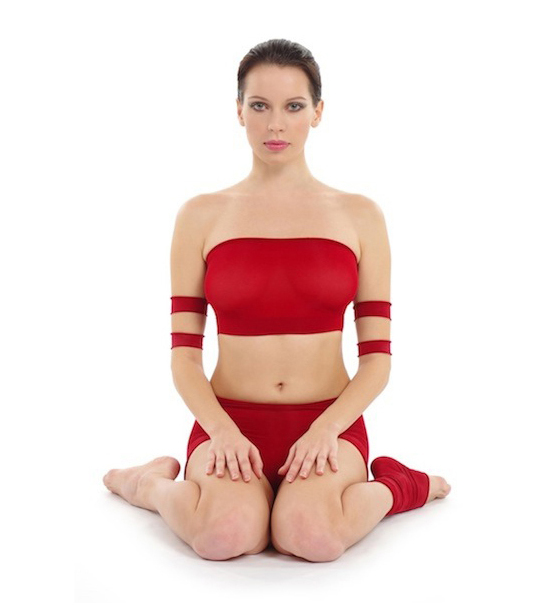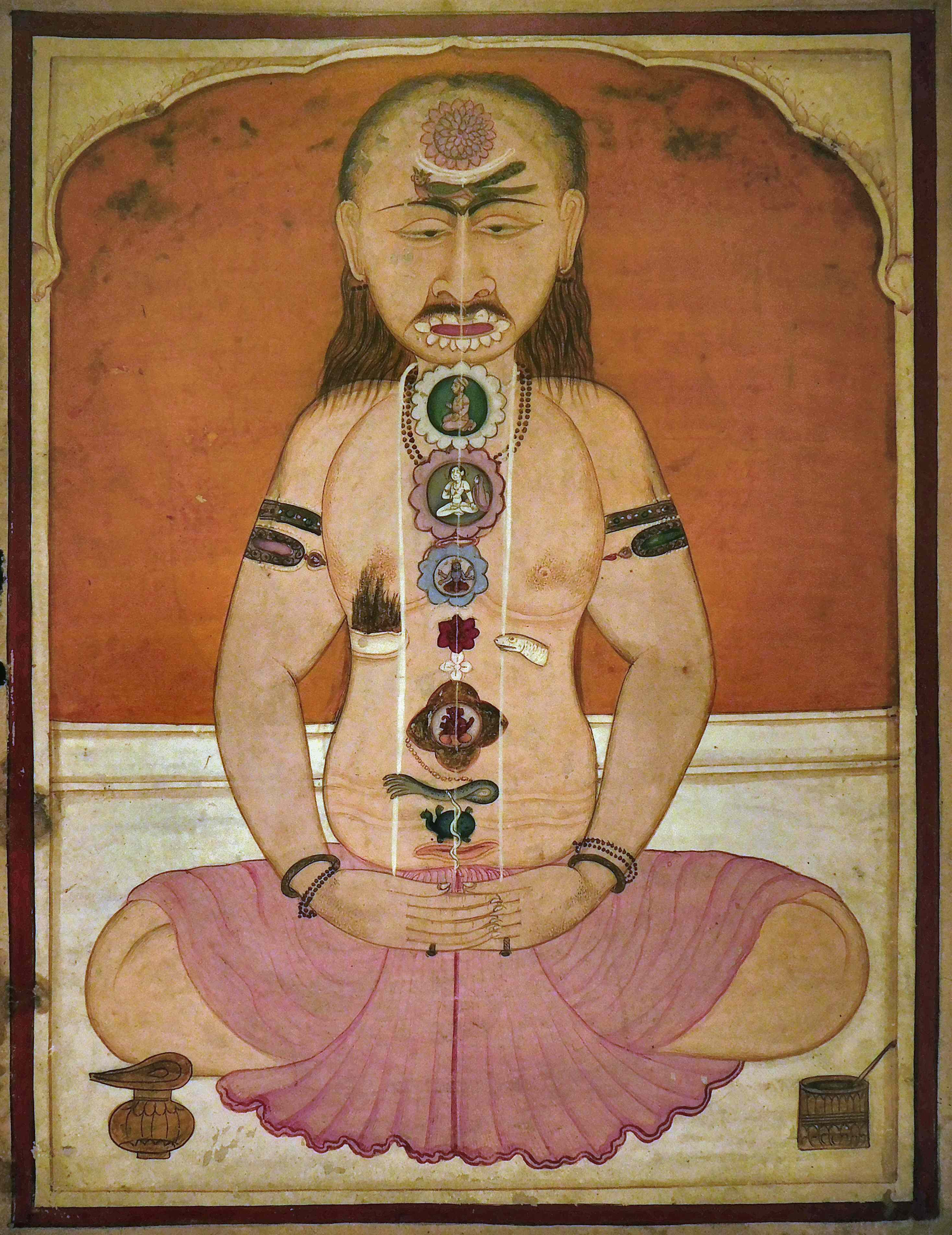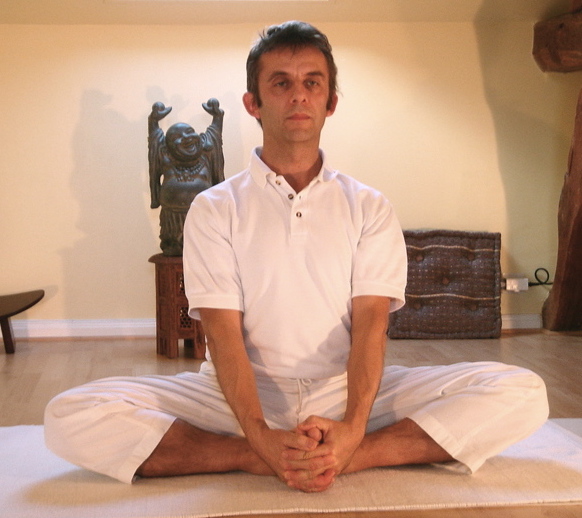|
Vimanarcanakalpa
The ''Vimānārcanākalpa'' is a 10th to 11th century text on Hatha yoga, attributed to the sage Marichi. Text The ''Vimanarcanakalpa'' is a 10th to 11th century prose text on Hatha yoga, attributed to the sage Marichi. revised from American Academy of Religions conference, San Francisco, 19 November 2011. It states that yoga is the union of the individual with the supreme self. It is one of the earliest texts to describe a non-seated asana and to call such postures asanas (the term originally and literally meaning a seat), namely Mayurasana the peacock pose. In chapter 96 it describes nine asanas in all (Brahmasana, Svastikasana, Padmasana, Gomukhasana, Simhasana, Muktasana, Virasana, Bhadrasana, and Mayurasana), some 500 years before the ''Hatha Yoga Pradipika''. Its account of Mayurasana, in James Mallinson's translation, is: The text teaches a method of pratyahara Pratyahara () or the 'gathering towards' is the fifth element among the Eight stages of Patanjali's Ashtan ... [...More Info...] [...Related Items...] OR: [Wikipedia] [Google] [Baidu] |
Asana
An asana is a body posture, originally and still a general term for a sitting meditation pose,Verse 46, chapter II, "Patanjali Yoga sutras" by Swami Prabhavananda, published by the Sri Ramakrishna Math p. 111 and later extended in hatha yoga and modern yoga as exercise, to any type of position, adding reclining, standing, inverted, twisting, and balancing poses. The ''Yoga Sutras of Patanjali'' define "asana" as " position thatis steady and comfortable". Patanjali mentions the ability to sit for extended periods as one of the eight limbs of his system. Patanjali ''Yoga sutras'', Book II:29, 46 Asanas are also called yoga poses or yoga postures in English. The 10th or 11th century '' Goraksha Sataka'' and the 15th century '' Hatha Yoga Pradipika'' identify 84 asanas; the 17th century ''Hatha Ratnavali'' provides a different list of 84 asanas, describing some of them. In the 20th century, Indian nationalism favoured physical culture in response to colonialism. In that enviro ... [...More Info...] [...Related Items...] OR: [Wikipedia] [Google] [Baidu] |
Hatha Yoga
Haṭha yoga is a branch of yoga which uses physical techniques to try to preserve and channel the vital force or energy. The Sanskrit word हठ ''haṭha'' literally means "force", alluding to a system of physical techniques. Some haṭha yoga style techniques can be traced back at least to the 1st-century CE, in texts such as the Hindu Sanskrit epics and Buddhism's Pali canon. The oldest dated text so far found to describe haṭha yoga, the 11th-century ''Amṛtasiddhi'', comes from a tantric Buddhist milieu. The oldest texts to use the terminology of ''hatha'' are also Vajrayana Buddhist. Hindu hatha yoga texts appear from the 11th century onwards. Some of the early haṭha yoga texts (11th-13th c.) describe methods to raise and conserve bindu (vital force, that is, semen, and in women ''rajas –'' menstrual fluid). This was seen as the physical essence of life that was constantly dripping down from the head and being lost. Two early Haṭha yoga techniques sought to e ... [...More Info...] [...Related Items...] OR: [Wikipedia] [Google] [Baidu] |
Virasana
Virasana ( sa, वीरासन; IAST: ''vīrāsana'') or Hero Pose is a kneeling asana in modern yoga as exercise. Medieval hatha yoga texts describe a cross-legged meditation asana under the same name. Supta Virasana is the reclining form of the pose; it provides a stronger stretch. Etymology and origins The name comes from the Sanskrit words वीर ''vira'' meaning "hero", and आसन ''āsana'' meaning "posture" or "seat"; ''supta'' (सुप्त) means "reclined". The name virasana is ancient, being found in the 8th century ''Patanjalayogashastravivarana'' (2.46-48) and the 13th century ''Vasishthasamhita'' (1.72), but in those texts the description is of a cross-legged meditation seat. The modern kneeling pose is found in 20th century texts such as B.K.S. Iyengar's ''Light on Yoga''; it is mentioned also in Ashtanga Vinyasa Yoga texts (e.g. Maehle 2011, who recommends it for lengthening the quadriceps muscle). The yoga scholar Mark Singleton notes that a pose ... [...More Info...] [...Related Items...] OR: [Wikipedia] [Google] [Baidu] |
Sanskrit Texts
Sanskrit (; attributively , ; nominally , , ) is a classical language belonging to the Indo-Aryan branch of the Indo-European languages. It arose in South Asia after its predecessor languages had diffused there from the northwest in the late Bronze Age. Sanskrit is the sacred language of Hinduism, the language of classical Hindu philosophy, and of historical texts of Buddhism and Jainism. It was a link language in ancient and medieval South Asia, and upon transmission of Hindu and Buddhist culture to Southeast Asia, East Asia and Central Asia in the early medieval era, it became a language of religion and high culture, and of the political elites in some of these regions. As a result, Sanskrit had a lasting impact on the languages of South Asia, Southeast Asia and East Asia, especially in their formal and learned vocabularies. Sanskrit generally connotes several Old Indo-Aryan language varieties. The most archaic of these is the Vedic Sanskrit found in the Rig Veda, a collec ... [...More Info...] [...Related Items...] OR: [Wikipedia] [Google] [Baidu] |
Roots Of Yoga
''Roots of Yoga'' is a 2017 book of commentary and translations from over 100 ancient and medieval yoga texts, mainly written in Sanskrit but including several other languages, many not previously published, about the origins of yoga including practices such as āsana, mantra, and meditation, by the scholar-practitioners James Mallinson and Mark Singleton. Critics unanimously welcomed the book, noting that it was surprising given yoga's popularity that many of its key texts had never before been translated. They described the book as scholarly, unprecedented, and admirably unbiased, making available a wealth of material in far more accessible form than ever before, and revealing yoga to consist of many strands rather than having a single definite philosophy and interpretation. Book Publication ''Roots of Yoga'' was published by Penguin Classics in 2017 as a paperback volume of 540 pages; it was not preceded by a hardback edition. The book has no illustrations other than the ... [...More Info...] [...Related Items...] OR: [Wikipedia] [Google] [Baidu] |
Pratyahara
Pratyahara () or the 'gathering towards' is the fifth element among the Eight stages of Patanjali's Ashtanga Yoga, as mentioned in his classical work, ''Yoga Sutras of Patanjali'' composed in the 2nd century BCE. It is also the first stage of the six-branch yoga (''ṣaḍaṅgayoga'') of the Buddhist Kālacakra tantra, where it refers to the withdrawal of the five senses from external objects to be replaced by the mentally created senses of an enlightened deity. This phase is roughly analogous to the physical isolation (''kāyaviveka'', Tib. ''lus bden'') phase of Guhyasamāja tantra. For Patanjali, it is a bridge between the ''bahiranga'' (external) aspects of yoga namely, yama, niyama, asana, pranayama, and the ''antaranga'' (internal) yoga. Having actualized the pratyahara stage, a practitioner is able to effectively engage into the practice of Samyama. At the stage of pratyahara, the consciousness of the individual is internalized in order that the sensations from the senses ... [...More Info...] [...Related Items...] OR: [Wikipedia] [Google] [Baidu] |
James Mallinson (author)
Sir James Mallinson, 5th Baronet of Walthamstow (born 22 April 1970) is a British Indologist, writer and translator. He is recognised as one of the world's leading experts on the history of medieval Hatha Yoga. Early life Mallinson became interested in India by reading Rudyard Kipling's novel ''Kim'' as a teenager; the book describes an English boy travelling India with a holy man. He was educated at Eton College and the University of Oxford, where he read Sanskrit and Old Iranian for his bachelor's degree, and studied the ethnography of South Asia for his master's degree at SOAS University of London. Mallinson is described as "perhaps the only baronet to wear dreadlocks"; he let his hair grow out from 1988 on his first visit to India during his gap year. He cut his hair in 2019 after the death of his guru, Mahant Balyogi Sri Ram Balak Das, who had initiated him into the Ramanandi Sampradaya at the Ujjain Kumbh Mela in 1992. Supervised by Alexis Sanderson, his doctoral thesis at ... [...More Info...] [...Related Items...] OR: [Wikipedia] [Google] [Baidu] |
Hatha Yoga Pradipika
The ''Haṭha Yoga Pradīpikā'' ( or Light on Hatha Yoga) is a classic fifteenth-century Sanskrit manual on haṭha yoga, written by Svātmārāma, who connects the teaching's lineage to Matsyendranath of the Nathas. It is among the most influential surviving texts on haṭha yoga, being one of the three classic texts alongside the '' Gheranda Samhita'' and the ''Shiva Samhita''. More recently, eight works of early hatha yoga that may have contributed to the ''Hatha Yoga Pradipika'' have been identified. Title and composition Different manuscripts offer different titles for the text, including ''Haṭhayogapradīpikā'', ''Haṭhapradīpikā'', ''Haṭhapradī'', and ''Hath-Pradipika''. It was composed by Svātmārāma in the 15th century as a compilation of the earlier haṭha yoga texts. Svātmārāma incorporates older Sanskrit concepts into his synthesis. He introduces his system as a preparatory stage for physical purification before higher meditation or Raja Yoga. ... [...More Info...] [...Related Items...] OR: [Wikipedia] [Google] [Baidu] |
Bhadrasana
Baddha Konasana ( sa, बद्धकोणासन ; IAST: ''baddhakoṇāsana''), Bound Angle Pose, Butterfly Pose, or Cobbler's Pose (after the typical sitting position of Indian cobblers when they work), and historically called Bhadrasana, Throne Pose, is a seated asana in hatha yoga and modern yoga as exercise. If the knees rest on the floor, it is suitable as a meditation seat. Etymology and origins The name comes from the Sanskrit words बद्ध, ''Baddha'' meaning "bound", कोण, ''Koṇa'' meaning "angle", and आसन, ''Āsana'' meaning "posture" or "seat". The name Baddha Konasana is relatively recent, but the pose is medieval, as the meditation seat Bhadrasana (from भद्रा ''Bhadra'', "throne") is described in the 15th century ''Haṭha Yoga Pradīpikā'' 1.53-54. Description From sitting position with both the legs outstretched forward, hands by the sides, palms resting on the ground, fingers together pointing forward, the legs are hinged a ... [...More Info...] [...Related Items...] OR: [Wikipedia] [Google] [Baidu] |
Simhasana
Simhasana ( sa, सिंहासन; IAST: ''Siṁhāsana'') or Lion Pose is an asana in hatha yoga and modern yoga as exercise. Etymology and origins The name comes from the Sanskrit words ''simha'' (सिंह), meaning "lion", and ''āsana'' (आसन), meaning "posture" or "seat". The pose has also been named Narasimhasana, as in the 19th century ''Joga Pradipika'', from Sanskrit नरसिंह Narasimha, a lion-man avatar of the god Vishnu. The posture is described in the tenth century '' Vimānārcanākalpa''. Description The practitioner kneels with the buttocks on the inner arches of the feet, stretches the arms forwards with the hands outspread just off the ground, and makes a facial expression with the mouth open wide and the tongue out to resemble a lion. The yoga guru B. K. S. Iyengar notes that this is the traditional pose; he calls it Simhasana I. Variations Iyengar's Simhasana II begins from lotus position (Padmasana). The practitioner then s ... [...More Info...] [...Related Items...] OR: [Wikipedia] [Google] [Baidu] |
Muktasana
Siddhasana ( sa, सिद्धासन; ) or Accomplished Pose, is an ancient seated asana in hatha yoga and modern yoga as exercise suitable for meditation. The names Muktasana (Sanskrit: मुक्तासन, Liberated Pose) and Burmese position are sometimes given to the same pose, sometimes to an easier variant, Ardha Siddhasana. Svastikasana has each foot tucked as snugly as possible into the fold of the opposite knee. Siddhasana is one of the oldest asanas. It is described as a meditation seat in the early Hatha Yoga text, the 10th century ''Goraksha Sataka''. This states that Siddhasana ranks alongside Padmasana (lotus position) as the most important of the asanas, opening the way to liberation. The 15th-century ''Hatha Yoga Pradipika'' similarly suggests that all other asanas are unnecessary once Siddhasana has been mastered. Etymology The name comes from the Sanskrit words ''siddha'' (सिद्ध) meaning both "perfect" and "adept", and ''asana'' (आस� ... [...More Info...] [...Related Items...] OR: [Wikipedia] [Google] [Baidu] |
Marichi
Marichi ( sa, मरीचि, Marīci, lit=ray of light) or Mareechi or Marishi is the mind-born son of Brahma, and one of the Saptarishi in Hindu mythology. He is also the father of Kashyapa, and the grandfather of the ''devas'' and the '' asuras''. In Jainism, he is referred to as one of the previous reincarnations of the 24th ''Tirthankara,'' Mahavira. Saptarishi Saptarishi, a Sanskrit dvigu meaning "seven sages" are the seven rishis who are extolled at many places in the Vedas and Hindu literature. The Vedic Samhitas never enumerate these rishis by name, though later Vedic texts such as the Brahmanas and Upanishads do so. While earlier texts do not mention Marichi as one of the seven, references can be found in the epic ''Mahabharata''. In some parts of India, people believe these are seven stars of the Big Dipper named "Vashista", "Marichi", "Pulastya", "Pulaha", "Atri", "Angiras" and "Kratu". There is another star slightly visible within it, known as " Arundhati". ... [...More Info...] [...Related Items...] OR: [Wikipedia] [Google] [Baidu] |










